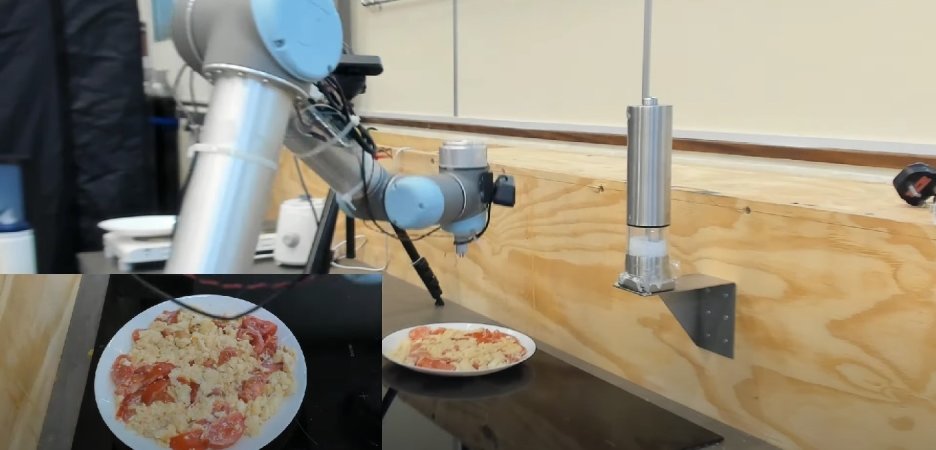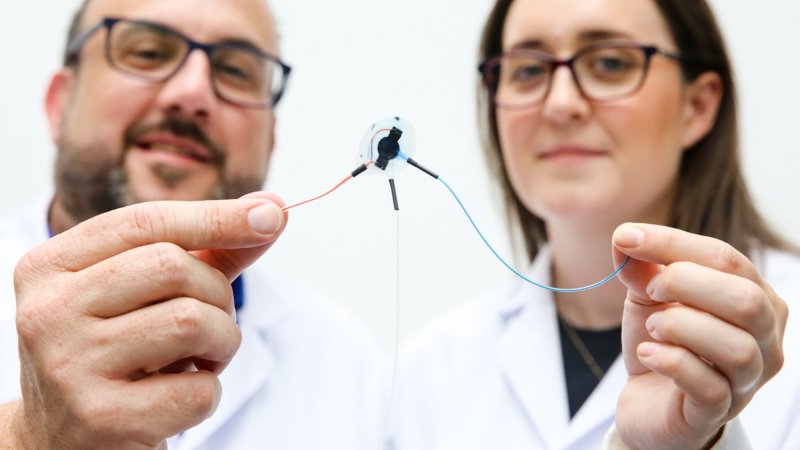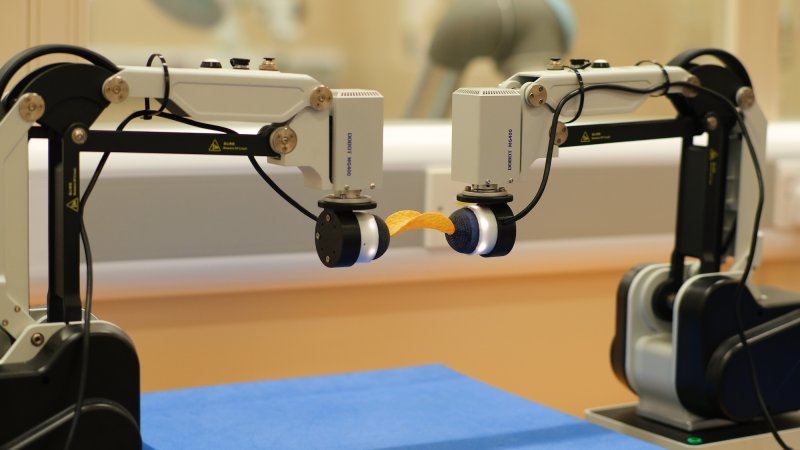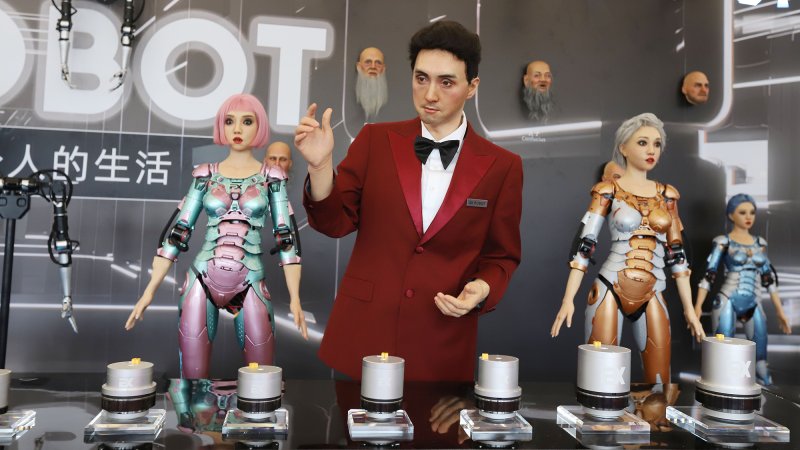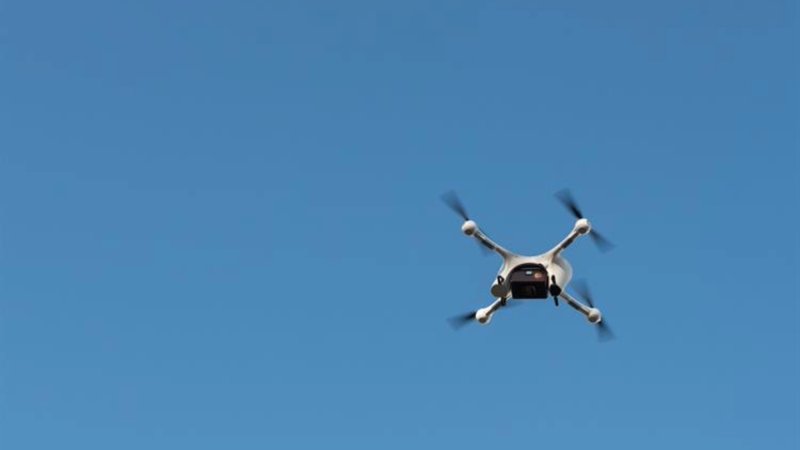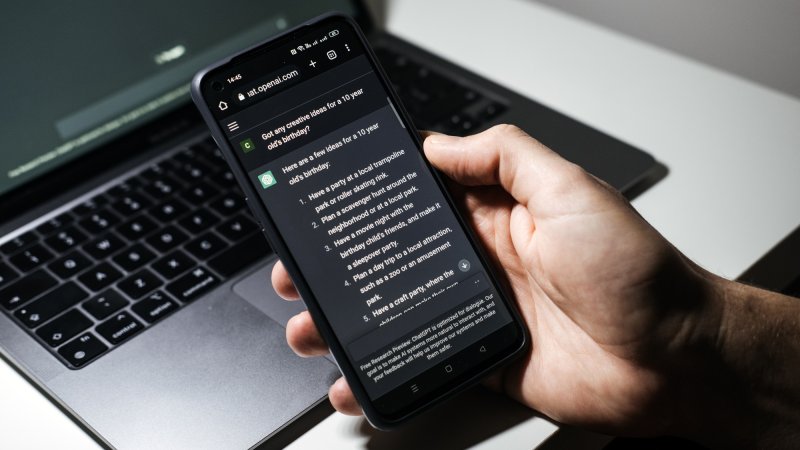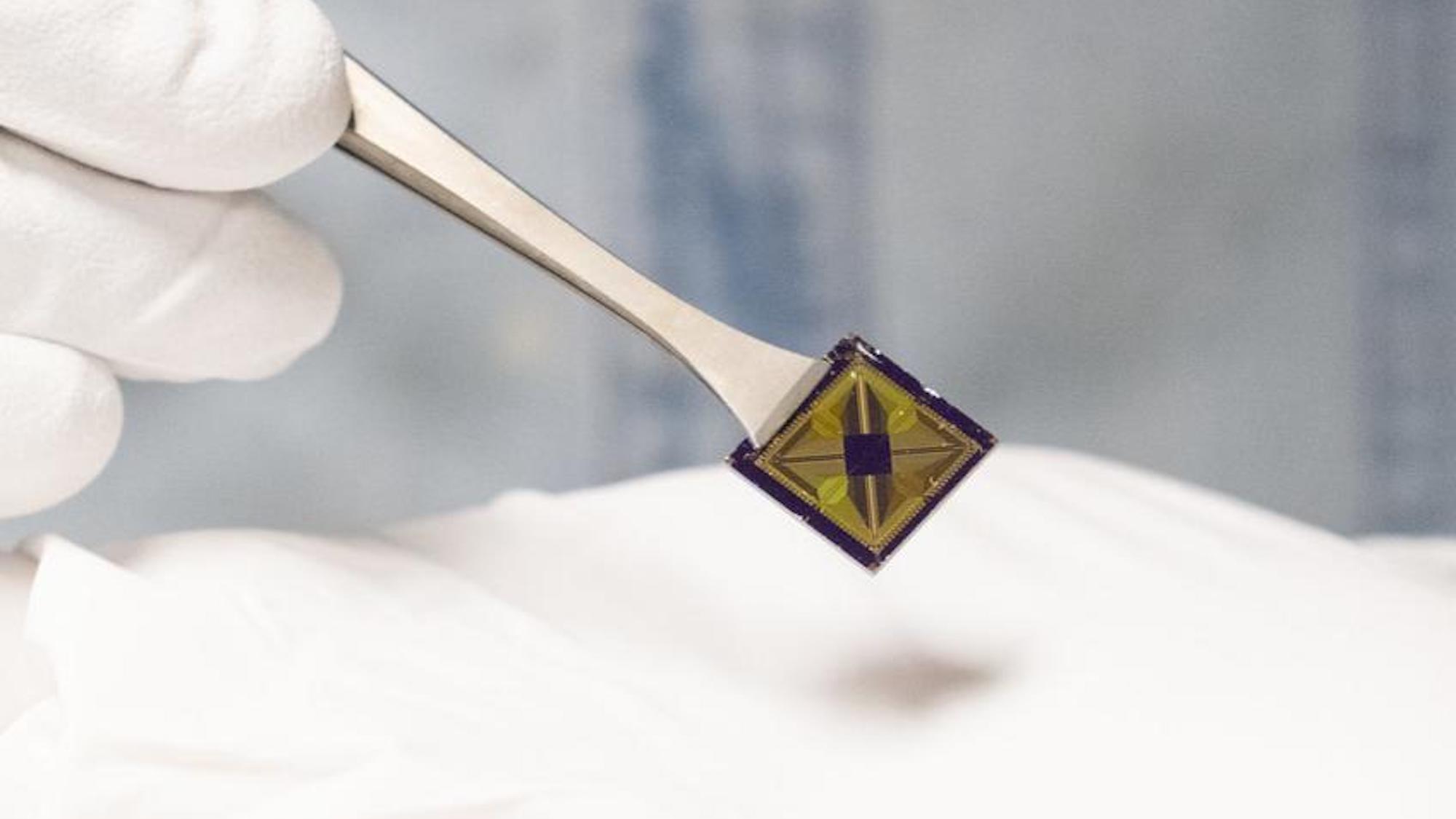

AI programs can already respond to sensory stimulations like touch, sight, smell, and sound—so why not taste? Engineering researchers at Penn State hope to one day accomplish just that, in the process designing an “electronic tongue” capable of detecting gas and chemical molecules with components that are only a few atoms thick. Although not capable of “craving” a late-night snack just yet, the team is hopeful their new design could one day pair with robots to help create AI-influenced diets, curate restaurant menus, and even train people to broaden their own palates.
Unfortunately, human eating habits aren’t based solely on what we nutritionally require; they are also determined by flavor preferences. This comes in handy when our taste buds tell our brains to avoid foul-tasting, potentially poisonous foods, but it also is the reason you sometimes can’t stop yourself from grabbing that extra donut or slice of cake. This push-and-pull requires a certain amount of psychological cognition and development—something robots currently lack.
[Related: A new artificial skin could be more sensitive than the real thing]
“Human behavior is easy to observe but difficult to measure. and that makes it difficult to replicate in a robot and make it emotionally intelligent. There is no real way right now to do that,”
Saptarshi Das, an associate professor of engineering science and mechanics, said in an October 4 statement. Das is a corresponding author of the team’s findings, which were published last month in the journal Nature Communications, and helped design the robotic system capable of “tasting” molecules.
To create their flat, square “electronic gustatory complex,” the team combined chemitransistors—graphene-based sensors that detect gas and chemical molecules—with molybdenum disulfide memtransistors capable of simulating neurons. The two components worked in tandem, capitalizing on their respective strengths to simulate the ability to “taste” molecular inputs.
“Graphene is an excellent chemical sensor, [but] it is not great for circuitry and logic, which is needed to mimic the brain circuit,” said Andrew Pannone, an engineering science and mechanics grad student and study co-author, in a press release this week. “For that reason, we used molybdenum disulfide… By combining these nanomaterials, we have taken the strengths from each of them to create the circuit that mimics the gustatory system.”
When analyzing salt, for example, the electronic tongue detected the presence of sodium ions, thereby “tasting” the sodium chloride input. The design is reportedly flexible enough to apply to all five major taste profiles: salty, sour, bitter, sweet, and umami. Hypothetically, researchers could arrange similar graphene device arrays that mirror the approximately 10,000 different taste receptors located on a human tongue.
[Related: How to enhance your senses of smell and taste]
“The example I think of is people who train their tongue and become a wine taster. Perhaps in the future we can have an AI system that you can train to be an even better wine taster,” Das said in the statement.
